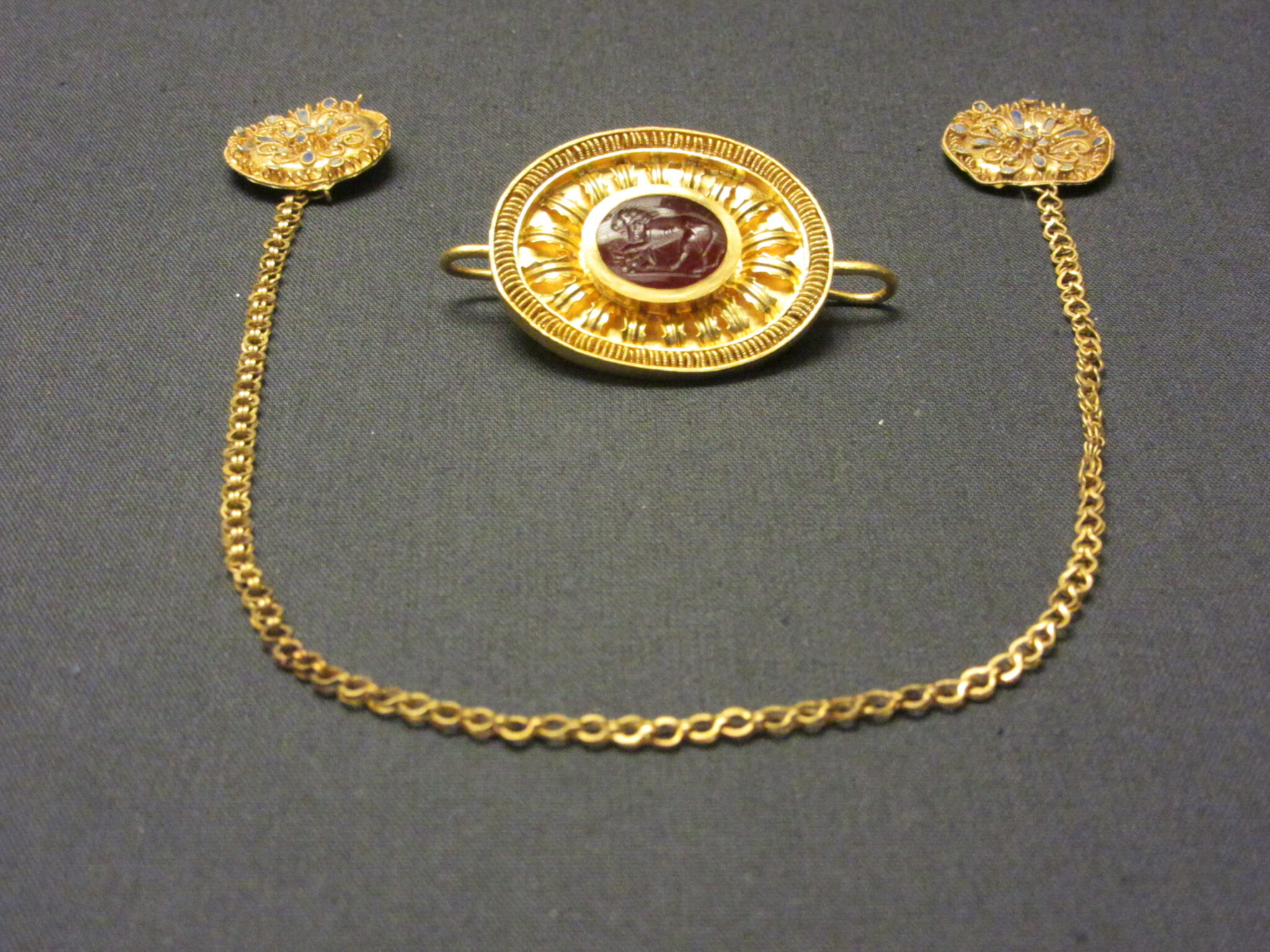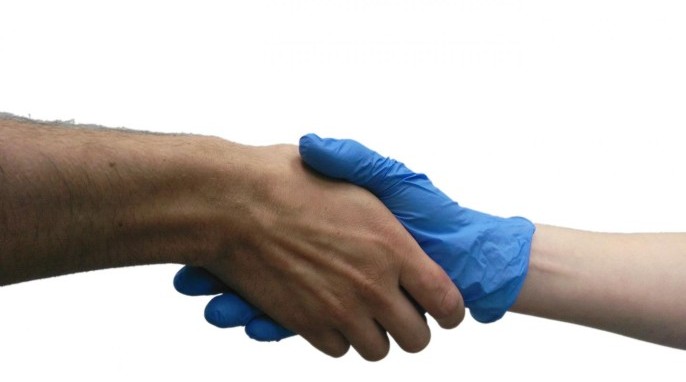Do you have Denisovan DNA? New research suggests that some present-day humans derive more of their ancestry from Denisovans than from Neanderthals.
By Norman Rusin
A new map of archaic ancestry suggests that some present-day humans derive more of their ancestry from Denisovans than from Neanderthals. The discovery may explain some developments and positive adaptations in modern humans that occurred only in some parts of the world. And it may also explain some of the causes of reduced male fertility.
The research, published March 28 in Current Biology, suggests that many modern humans around the world, particularly of South Asian descent, may derive up to 5 percent of their ancestry from archaic Denisovans, an even larger proportion than the 2 percent from Neanderthals. The analysis also proposes that modern humans interbred with Denisovans about 100 generations after their trysts with Neanderthals.
RELATED: Ancient Teeth Raise Questions about Human Origin
A World Map of Neanderthal and Denisovan Ancestry in Modern Humans
The Denisovans were archaic humans closely related to Neanderthals, whose populations overlapped with the ancestors of modern-day humans. From Siberia to Southeast Asia, they lived among and interbred with the ancestors of some modern humans. Their name derives from the Denisova Cave in the Altai Mountains in Siberia, a cave inhabited also by Neanderthals and modern humans, where in March 2010, scientists discovered a finger bone fragment of a young female who lived about 41,000 years ago.
A Harvard Medical School/UCLA research team created a map that used comparative genomics to make predictions about where Denisovan and Neanderthal genes may be impacting modern human biology. Researchers David Reich, Swapan Mallick, Nick Patterson, and Sriram Sankararaman developed methods to clarify the locations of Denisovan and Neanderthal ancestry in present-day humans. They applied these methods to 257 high-coverage genomes from 120 diverse populations publicly available through the Simons Genome Diversity Project. They discovered 20 individual Oceanians with high Denisovan ancestry. The analysis was carried out by a machine-learning algorithm that could differentiate between components of both kinds of ancestral DNA, which are more similar to one another than to modern humans. They found that in Oceanians, the average size of Denisovan fragments is larger than that of Neanderthal fragments, implying a more recent average date of Denisovan admixture in the history of these populations. The results showed that individuals from Oceania possess the highest percentage of archaic ancestry and South Asians possess more Denisovan ancestry than previously believed. The data reveal previously unknown interbreeding events, particularly in relation to Denisovans. In contrast, Western Eurasians are the non-Africans least likely to have Neanderthal or Denisovan genes. “The interactions between modern humans and archaic humans are complex and perhaps involved multiple events,” Reich says.
Archaic genes added some good traits to modern humans. Denisovan genes can potentially be linked to a subtler sense of smell in Papua New Guineans and high-altitude adaptations in Tibetans. Meanwhile, Neanderthal genes found in people around the world most likely contributed to tougher skin and hair. “There are certain classes of genes that modern humans inherited from the archaic humans with whom they interbred which may have helped the modern humans to adapt to the new environments in which they arrived,” says senior author David Reich, a geneticist at Harvard Medical School and the Broad Institute.
However, both Denisovan and Neanderthal ancestries damaged the modern human genetic background, especially related to male fertility, and it had to be taken off. “On the flip side, there was negative selection to systematically remove ancestry that may have been problematic from modern humans. We can document this removal over the 40,000 years since these admixtures occurred.” The researchers found evidence that both Denisovan and Neanderthal ancestry has been lost from the X chromosome, as well as genes expressed in the male reproductive organs. They theorize that the interbreeding with both archaic humans contributed to reduced fertility in males, which is commonly observed in other hybrids between two highly divergent groups of the same species.
The study’s main limitation is that it relies on the current library of ancient genomes available. The researchers advise against drawing any conclusions about our extinct human ancestors based on the genetics and possible traits that they left behind. “We can’t use this data to make claims about what the Denisovans or Neanderthals looked like, what they ate, or what kind of diseases they were susceptible to,” says Sankararaman, first author on the paper. “We are still very far from understanding that.”
Future research will try to better understand both the importance of pulling out slightly deleterious alternative forms of a gene and reduced fertility in hybrid males, in changing the content of genomes in the aftermath of the interbreeding that occurred between modern and archaic humans.
References
Sankararaman Sriram et al.: “The Combined Landscape of Denisovan and Neanderthal Ancestry in Present-Day Humans.” Current Biology, Volume 0, Issue 0 http://dx.doi.org/10.1016/j.cub.2016.03.037
Leveille , David. “Scientists Map An Extinct Denisovan Girl’s Genome.” The World, August 2012.
Brown, David. “DNA from bone shows new human forerunner, and raises array of questions”, Washington Post, 25 March 2010.
Krause, Johannes; Fu, Qiaomei; Good, Jeffrey M.; Viola, Bence; Shunkov, Michael V.; Derevianko, Anatoli P. & Pääbo, Svante (2010), “The complete mitochondrial DNA genome of an unknown hominin from southern Siberia.” Nature 464 (7290): 894–897, doi:10.1038/nature08976, PMID 20336068.
Katsnelson, Alla. “New hominin found via mtDNA”, The Scientist, 24 March 2010.
Zimmer, Carl. “Denisovans Were Neanderthals’ Cousins, DNA Analysis Reveals”. NYTimes.com, 22 December 2010.
Callaway, Ewen. “First Aboriginal genome sequenced”, Nature, 22 September 2011. doi:10.1038/news.2011.551




